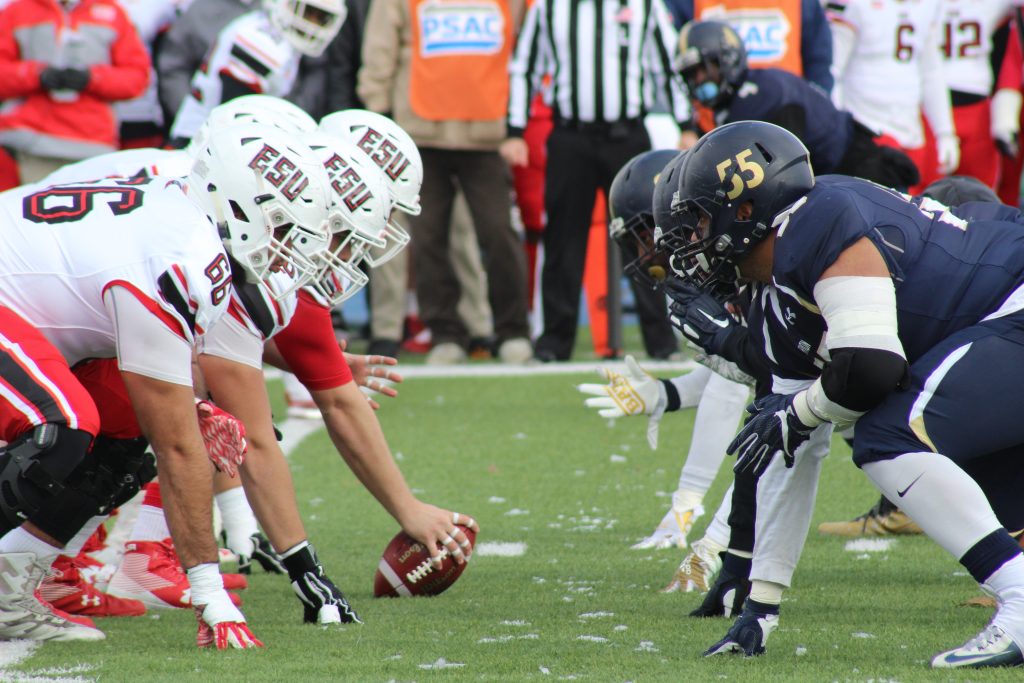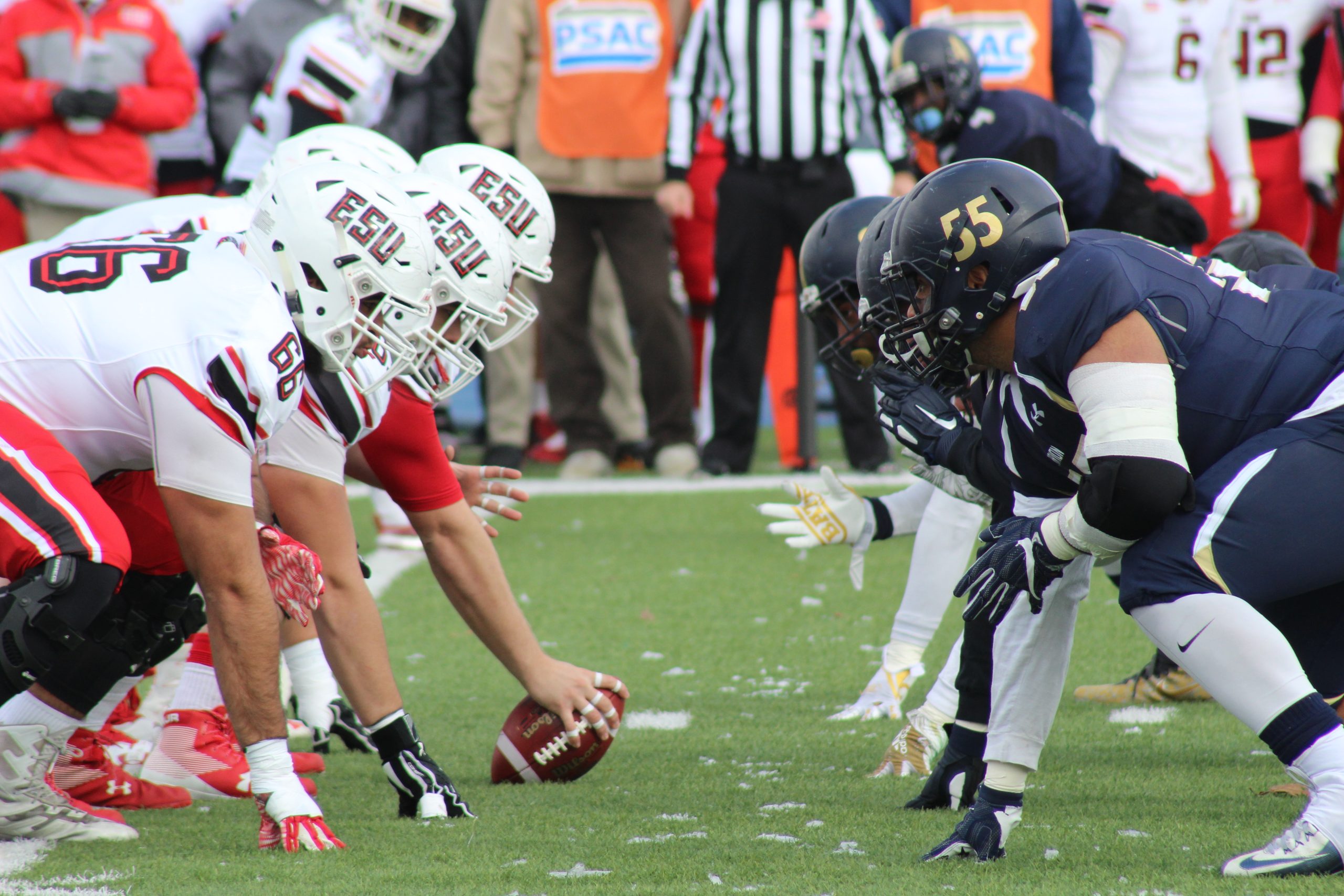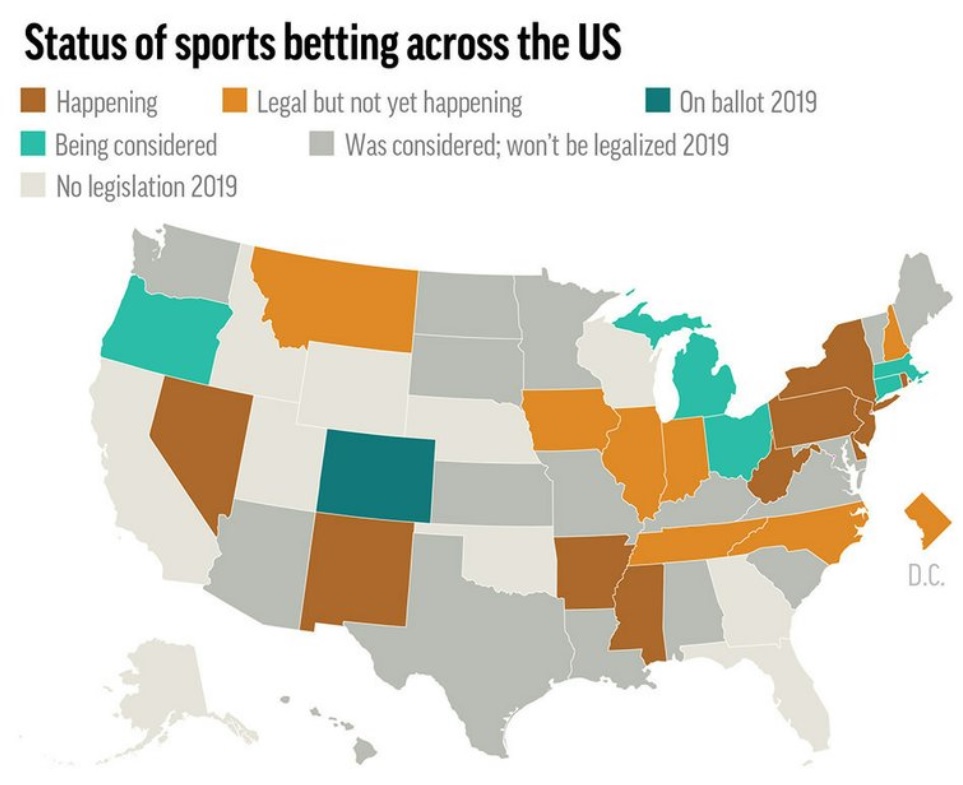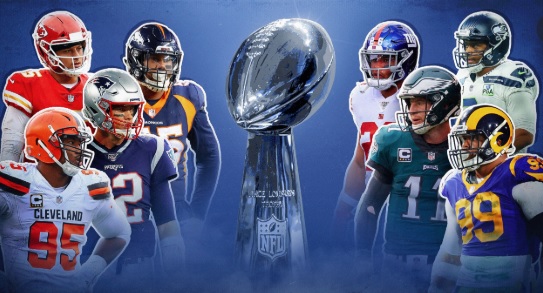United States sports betting keeps growing, but more slowly. By Victor H. Royer
According to the U.S. Census of 2020, there are 236 million adults over 18 years of age. This represents 77.6 percent of the entire population of the USA. In 2023, 39 percent of American adults placed wagers on sports and another 15 percent knew someone who had. This means that 54 percent of all American adults are aware of sports wagering, and – more importantly – are aware of how and where to do it.

Image: Shutterstock
Even more importantly – at least to the owners and operators of sports books, both land-based as well as online – this translated into $120 billion wagered on legal sports in the U.S. in 2023. This was up from $93 billion in 2022. This included the stabilization of online sports wagering in existing markets, as well as the introduction of Massachusetts and Ohio as the new kids on the block (so to speak). Comparatively, legal sports wagering in the UK produced about £ 2.4 billion in 2022.

Image: Lionel Messi Inter Miami MLS Credit Shutterstock
In all, 38 U.S. States – plus the District of Columbia, where the Capitol City of Washington, D.C. is – now have some form of legal sports betting. Of these, New Jersey – just adjacent to New York State – had the highest per-capita spend on sports betting, with New York and Arizona following in second and third place respectively. Of all these sports bettors, 69 percent are men and 36 percent are women, but men tend to wager twice as much and twice as often as women. This is different from standard, land-based casinos, where women tend to play slots about as much as men, with these figures nearly identically reversed.
The average revenue from each U.S. sports bettor is about $310. This is expected to grow by about 11.5 percent over the next four quarters – but … there is a potential caveat to this, and that has to do with the upcoming U.S. presidential election, which will also decide who controls the U.S. House and Senate. The uncertainty of these elections and their potential aftermath – regardless of who wins – continue to somewhat dampen more-optimistic forecasts. Ongoing legal battles, such as those in Florida and California between competing tribal interests versus private interests – as well as several tribes also being in conflict with each other – will also factor into potential growth factors in sports betting overall.

Image: Credit Pexels
Online is King
Online sports books continue to be the most favorite means by which to make bets in the U.S., as well as UK, and generally in Europe and the remainder of the online-connected world. The most successful of these online sports books are:
• FanDuel
• DraftKings
• Bet 365
• BetMGM
• Caesars Sportsbook
• Sky Bet
• William King
Of all the sports bets placed in the USA, 33 percent were on basketball, with 27 percent on the NFL (the American-football league) coming in second, baseball coming in at 18 percent as third – but technically, the 22 percent of “all other sports” factors in as an actual “third-place.”
In the UK, football (known as soccer to Americans) plus horse racing together accounted for 75 percent of all sports betting. The other 25 percent were divided among tennis, cricket and other minor sports. That’s not to say that cricket is a minor sport, of course, but it isn’t among the most wagered-upon sports. But curiously it is becoming one of the hottest and fastest-growing sports in the U.S.
The majority of sports bets are either $5 or $10. However, about 30 percent of all sports bettors will place wagers of $50 or more, while 10 percent will bet at least $250 or more per wager. Depending on the various tax rates and fees imposed by the individual states, overall about 90 percent of the money wagered on sports in the U.S. is paid back to bettors.
This leaves 10 percent for the operators of the sports books – although these figures are merely illustrative, as there are such significant differences in individual contracts between the states and the operators, as well as ongoing negotiations which may impact overall statistics by the time this article is published
Image: Shutterstock
Growth in eSports
The hottest growth factor in sports wagering is eSports. This type of growth factors in the worldwide popularity of eSports, which currently has a following of around 540 million fans. These fans collectively bet about $2.4 billion on eSports annually. Based on currently available forecasts, eSports – as an industry – is expected to grow to $3.2 billion in annual wagering by the spring of 2025.
Slowdown in Sports Betting?
Even though it is estimated that U.S. sports betting will grow by about 45 percent year-over-year, these are forecasts based on earlier-anticipated growth figures. They have not yet been tempered by the potential of political and economic problems which may face the market later in 2024 and into 2025.
With global instability also growing, the markets in the UK and Europe, and in Asia, may also be affected negatively – at least for a short period of time, beginning sometime after the U.S. elections in November of 2024. This may continue into 2025, and for that reason there may actually be a slowdown in U.S. sports betting during these periods – even while the overall industry still experiences growth, such as in eSports.
Nevertheless, the sports betting market in the U.S. remains vibrant and even though there are signs of maturation in several of the established markets, the fact remains that only 38 of the 50 states currently have legalized sports wagering. To there is significant room for expansion. While it is true that the state of Utah will most likely never allow wagering of any kind, there are signs that Hawaii may eventually relent and allow some form of casinos or wagering in the state, which had previously been adamantly against any kind whatsoever.
So when I titled this column as “Slowdown?” it wasn’t to indicate that everything is coming to an end – at least in the expansion and market growth perspectives. But within the casino gaming industry as a whole, and the sports wagering industry specifically – and for other than eSports – there is currently a predominant feeling that a short-term, expectational slowdown is inevitable, even if only effectively accounted for in a relatively small variance in growth expectations and earlier forecasts.
*** This exclusive feature interview was originally published in the July 2024 edition of Sports Betting Operator Issue 011 ***



























